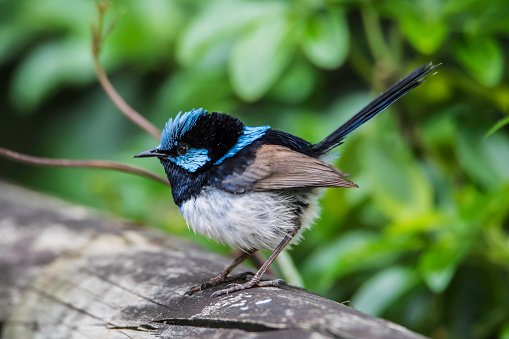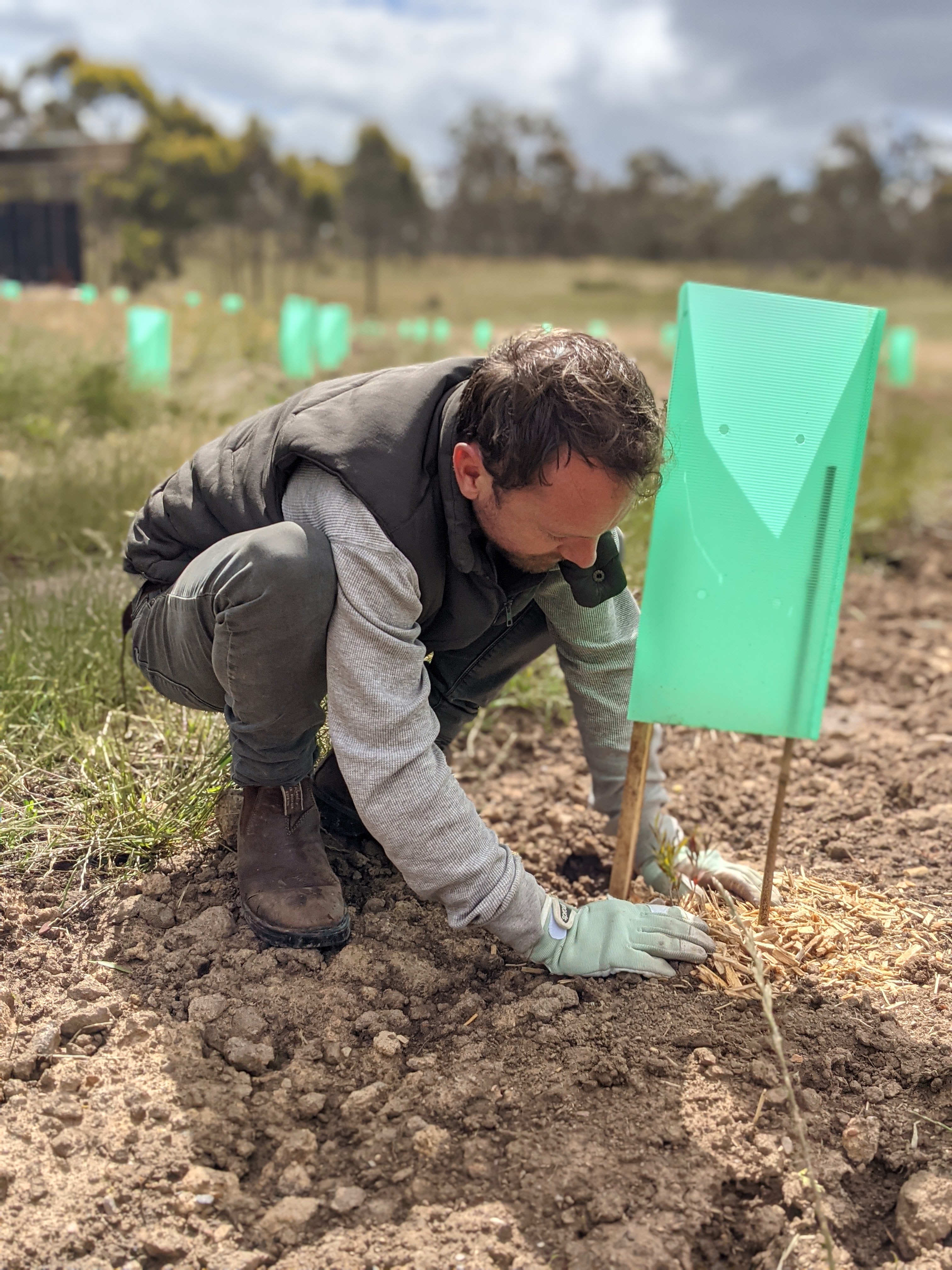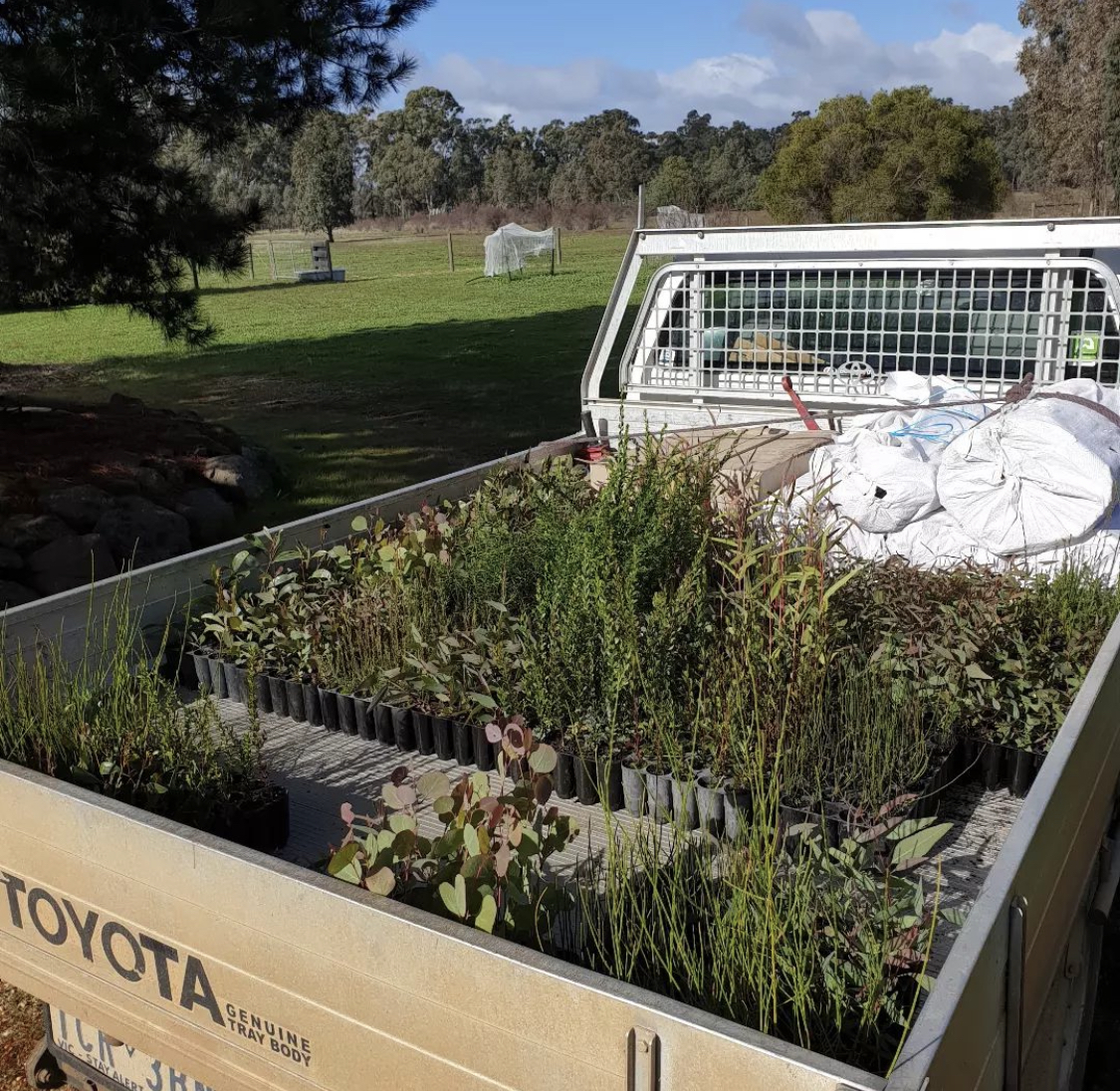September 16, 2012
|
Swan Bay, Victoria.
TREES PLANTED
Hello Colleen.
This planting site has been slowly improving every year with persistent re-visiting and weed eradication. Intact grassy ground cover and appropriate over-storey plants have finally gained a foot hold and now out compete the nasty Spiny Rush, Fennel, and Boxthorn. The site has been beautified with the improved biodiversity. The local community has gained an appreciation of the values and importance of this site as an interface between the Coastal Saltmarsh and Swan Bay Ramsar Wetland. This project and site is testament to what can be achieved with community spirit and a persistent approach to weed control and land restoration.
Matt Crawley. Program Manager. Bellarine Catchment Network and Bellarine Landcare Group [fusion_builder_container hundred_percent=”yes” overflow=”visible”][fusion_builder_row][fusion_builder_column type=”1_1″ background_position=”left top” background_color=”” border_size=”” border_color=”” border_style=”solid” spacing=”yes” background_image=”” background_repeat=”no-repeat” padding=”” margin_top=”0px” margin_bottom=”0px” class=”” id=”” animation_type=”” animation_speed=”0.3″ animation_direction=”left” hide_on_mobile=”no” center_content=”no” min_height=”none”]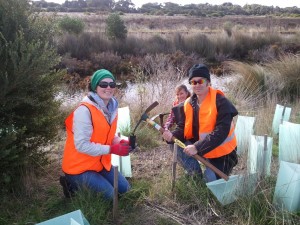
Of the 400 plants that were planted at Swan Bay by the Ballarine Catchment Group, 100 were paid for by William Sheahan Funerals of Drysdale. Sue and Bill Sheahan wanted to have one tree planted in memory of each funeral service conducted over the year. A lovely sentiment and one that also greatly supports the local environmental groups of the area.
I have very fond memories of Swan Bay. Back in 1982, when I was studying Environmental Science at Melbourne State College, we had a 3 day field trip to Swan Bay and camped on the foreshore. During the days and (long) nights, on the hour every hour, we arose from our tents (and our interminable card games) and waded out into the black water to take depth measurements. Still a little unsure of what we were actually trying to discover – water rises at high tide?
[/fusion_builder_column][fusion_builder_column type=”1_1″ background_position=”left top” background_color=”” border_size=”” border_color=”” border_style=”solid” spacing=”yes” background_image=”” background_repeat=”no-repeat” padding=”” margin_top=”0px” margin_bottom=”0px” class=”” id=”” animation_type=”” animation_speed=”0.3″ animation_direction=”left” hide_on_mobile=”no” center_content=”no” min_height=”none”]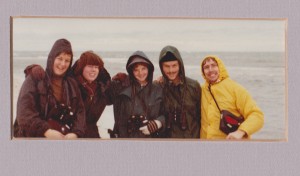
RECENT TREE PLANTINGS
500 TREES PLANTED
100 TREES PLANTED
125 TREES PLANTED
SIGN UP FOR OUR MONTHLY UPDATES.
Restoring Australian ecosystems. Supporting communities with their revegetation projects for a greener and healthier planet.
Fifteen Trees acknowledges Indigenous Australians as the traditional custodians of the lands on which we work, live and play.
We recognise that Indigenous Australians have cared for and lived in harmony with this land for millennia, and their knowledge and wisdom of the land endures.
We pay our respects to Elders past, present and emerging and stand in solidarity as Indigenous Australians seek a fairer and more sustainable future for the land and its people.
